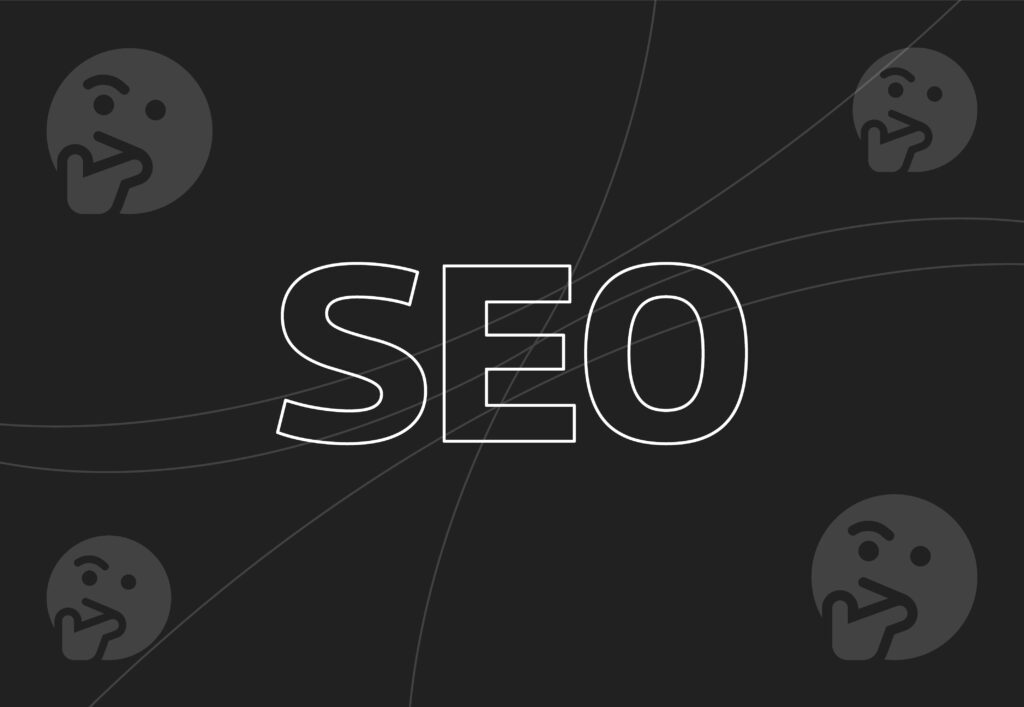
All your questions about GA4 for Shopify, answered

Google Analytics 4, or GA4 as you might have seen it, has been the talk of the town among marketers around the world. Regardless of the type of industry you’re in, Google Analytics is one of the industry standard analytics platform to help businesses understand the performance of their marketing efforts and measure success online, so when it changes, it’s big news. GA4 will affect almost all website providers, including Shopify, one of the world’s largest specialist e-commerce website platforms.
In this post, we’ll be answering all the important questions about what GA4 is, the impact of GA4 on Shopify sites, and a whole host of other important topics around getting your Shopify site ready for the introduction of GA4.
Common questions about GA4, answered
What is Google Analytics GA4?
GA4 is the newest iteration of Google Analytics! It’s the next generation of digital analytics, reporting, and accurate marketing attribution tools, and will be used by marketers of all kinds – particularly digital marketers and SEO specialists like the lovely lot here at Embryo – to understand a wide range of different metrics such as:
- Number of users and sessions
- Average session duration.
- Average pages per session.
- The ratio of new to returning visitors.
- Bounce rate.
- Organic vs. paid sessions.
- Google Ads.
- Search Console queries.
- Conversions and conversion rates
GA offers marketers and website owners in-depth reports on key events on their site, including step by step user journey reports through a range of sales channels, real-time reports, standard e-commerce data reports, advanced and complete user journey analytics and so much more.
Is GA4 a replacement for Google Analytics?
GA4 is a version of Google Analytics, so it is still Google Analytics, just with a slightly different navigation and platform. It’s more accurate to say that GA4 replaced UA (Universal Analytics), which is a platform users used to recognise when talking about Google Analytics.
UA was replaced on the 1st July 2023. However, GA4 makes sure that users can create year on year reports without risking any loss of data.
Why is GA4 better than UA?
There are a lot of differences between GA4 and UA – primarily the way that GA4 structures and collects its data. UA used what we call a session-based model, which categories data, events, metrics and users by sessions. Instead, GA4 structures and collects its data using an events-based model, which means that every user interaction is collected and presented as a standalone event, rather than grouped together within a given time frame.
By doing this, marketers and website owners can take advantage of enhanced analysis, including a better understanding of your customer purchasing journey. For e-commerce analysis, this means more accurate and in-depth cart conversion statistics (leading to improved conversion optimisation), better control over customers’ behaviour and increased insights into the correct marketing channels for different businesses – including e-commerce platforms like Shopify.
The change from UA to GA4 offered more flexibility and custom analysis, and custom insights for users. GA4 also utilises machine learning (ML) as a powerful tool to be able to better predict user behaviour, and help companies optimise profits in the process.
GA4 in Shopify
Can I use GA4 with Shopify?
Yes you can! The ecommerce sector has used Google Analytics for years in conjunction with native integrations of your own platform analytics (Shopify analytics, WooCommerce analytics or Squarespace analytics, for example).
How do I get started with GA4, and how do I implement GA4 on Shopify?
GA does look very different to the current UA platform, so it’s natural to be a bit apprehensive around getting started with the UA to GA4 the migration process. There are lots of step by step instructions online, but if you’ve never worked in tracking at all, that might seem even more intimidating.
Google has its own guides for both website owners and developers with lots of relevant info and guides on how to effectively migrate UA to GA4.
For Shopify sites, the GA4 migration process will have a couple of extra steps, including:
- Adding the tracking code to your theme
- Adding the tracking code to your order confirmation page
- Excluding Shopify as a referral in GA4
- Adding your Universal Analytics property ID
The benefits of integrating GA4 with Shopify
There are plenty of benefits when it comes to integrating GA4 with Shopify:
- It can help users track customer behaviour
- Help with sales tracking
- Users can measure campaign effectiveness
- Use the data to gather insights and make data-driven decisions
If you need support with e-commerce analytics, then speak to our experts
If you’re a beginner when it comes to e-commerce reports and e-commerce analytics, your best bet is to speak to an expert. At Embryo, our team can help you manage the transition from UA to GA4 quickly and easily, so why not get in touch to make sure you can continue to take advantage of accurate e-commerce reporting and analytics in 2022, 2023, and beyond.


